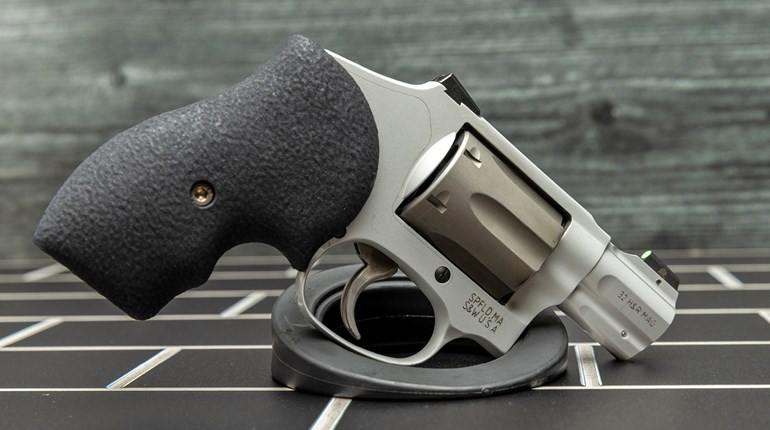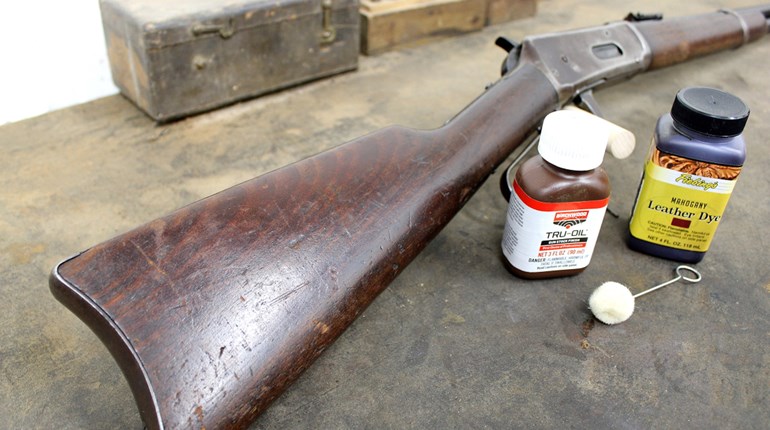
People interested in getting their first defensive handgun may be a bit overcome when they walk into a gun shop and look at the vast assortment of handguns that are available today. Further, they can easily become confused by the advice, well-meaning though it may be, offered by the clerk behind the counter. These folks should understand that many of us who have carried defensive handguns for years have tried an assortment of different guns before settling on what works best for us. Here are some ideas that might help these new folks shorten their search for the defensive handgun that suits them best.
The pistol should fit your hand. You should be able to grip the handgun so that it is centered in the web between your thumb and index finger. The barrel and top edge of the handgun should be in a straight line with your wrist and forearm. When the pistol is in this position, your trigger finger should be able to easily rest on the face of the trigger. This not only allows for a sure grip on the pistol, but it also is an aid in accurate shooting.
The controls on the pistol should be easy to reach and in, what for you is, a logical position. This is important because, with practice, the defensive shooter must be able to operate those controls virtually without looking at them. Attention will be on the threat and the operation of the defensive handgun should be second nature.
Some guns have several external safety devices, some guns don't have any. Some guns are effectively carried with the hammer cocked and the safety on, others have the hammer down. Some guns don't have a visible hammer at all. If a particular style doesn't seem safe to you, don't buy it. With practice and experience, you may change your mind at a later date but there is no reason to start out with a pistol that makes your nervous. I would quickly point out that all quality-made handguns can be carried and operated safely, the operator (that is you) must know how to do this with a particular type of handgun and he must have confidence in that ability.
The final test is in the actual shooting of the prospective defensive purchase. If the gun really fits you, you should be able to learn to draw it quickly, get on target quickly and deliver accurate shots to the target. When fighting for your life, it is likely that you will have to fire multiple shots at the attacker. For this reason, the gun should be of a caliber and weight that allows you to manage the recoil and quickly get back on target.
I wish it were simple enough to be able to call up the local gun shop and say, “I'm 5-foot, 10-inches tall, weigh 170 pounds, and am 35 years old. What kind of defensive handgun should I get?” Sadly, that is not the case. We often have to try a number of defensive systems before we find what really suits us. Just stay with quality and avoid the fads. What is currently popular is of no concern if it doesn't fit you and meet your needs.
Your search for your defensive handgun is definitely not going to be boring. Along the way, you'll shoot some great guns, meet some of the greatest people in America, and come away with a joy for the shooting sports. Good hunting and good luck.





































